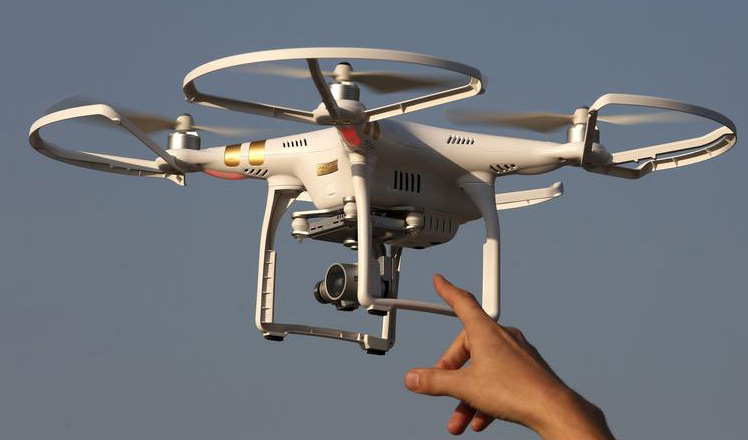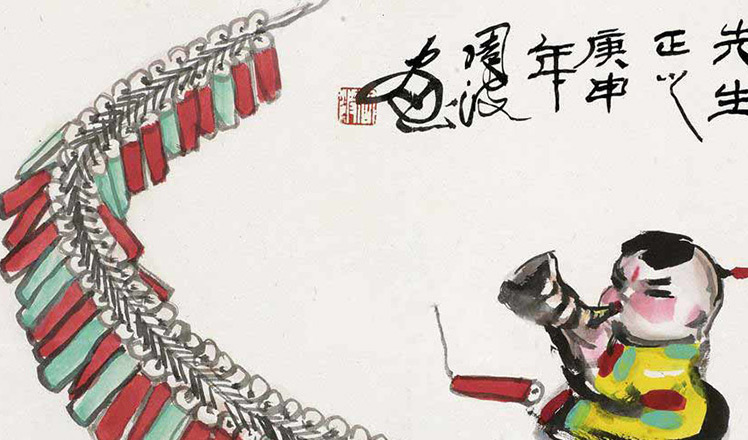China needs supply-side reforms to boost potential growth
Updated: 2016-01-20 13:43
By Wu Zheyu(chinadaily.com.cn)
|
||||||||
 |
| Margit Molnar |
In a recent interview with the China Daily website, Margit Molnar, head of the OECD's (Organisation for Economic Cooperation and Development) China Desk, described that China needs three things if it wants to maintain growth – expanding the scope of reforms, a healthier marketing mechanism, and encouraging its people to learn more about finance. The rest of the interview is as follows:
CD: Why did the Chinese choose supply-side reforms now?
M:The Chinese economy has grown fast for the past 20 years so there had been less pressure on the government to implement structural reforms. Now, with the economic downturn, the government can’t rely on the old drivers such as capital and labor input for economic growth, so there’s more urgent need for supply-side reforms to boost the economy’s growth potential.
CD: The main purpose - as the president of the Asian Infrastructure Investment Bank, said at a news conference in Beijing on Sunday - of the reforms is to reduce overproduction and overcapacity. Why do these two things exist?
M: For the past decades, the market role to allocate resources has not been exercised fully, which led to price distortions. For example, interest rates didn’t fully reflect the price of capital and many SOEs got cheap credit and other benefits through preferential policies. It’s common knowledge, for instance, that China lacks energy resources, nevertheless it still became an exporter in energy-intensive industries such as steel or electrolytic aluminum. The key here is that by keeping the price of energy and capital low, many firms became internationally competitive in energy-intensive goods.
CD: Cutting excess inventory in the property market is also an important goal this year. Some suggests encouraging migrant workers to buy property in 3rd-or-4th-tier cities. Could you give some suggestions on how to reach this goal?
M: I heard a very reasonable proposal on encouraging retired migrant workers to buy property in these cities because migrant workers with savings who would like to come back to a city near their hometown could enjoy still better services than in rural areas. This proposal also needs some support measures, like increasing the number of nursing homes and improve elderly health care service in these cities. China is aging rapidly, even faster than Japan and, among OECD countries, only South Korea is aging faster than China.
CD: Apart from cutting taxes, are there any other institutional costs that can be lowered to reduce overall costs of doing business?
M: Structural reforms are much more important than tax cuts, especially those related to setting up new firms. The SAIC (State Administration for Industry and Commerce) began combining business licenses, organization code certificates, and tax registration in one document, and that’s a very positive move. But there’s still room for improvements when it comes to the management process of enterprise registration and enterprise operations. And taxes are a very sensitive issue, cutting taxes could also lead to a decline in fiscal revenues, which means weakening the government capacity to provide support for those who need it.
CD: How would supply-side reforms affect the economic structure and the three main industries?
M: The reform process would speed up this year. Although the size of the service sector now exceeds that of industry, when compared with advanced economies, there still exists ample room for increase. Not only are the service industries of the US and Britain impressive, but also in other advanced countries the service sector typically accounts for around 70 percent of GDP, while in China, the service industry is still at 40 percent, so it’s reasonable to expect it to have a bright growth potential. One reason for China’s service industry’s lagging behind manufacturing is past preferential policies for the manufacturing industry. One recent measure of converting business taxes - levied on the turnover of services firms - into a value-added tax will encourage services outsourcing and very likely stimulate micro-to-small business development.
CD: How long would it take to tie GDP growth to supply-side reforms?
M: It’s important to avoid a hard-landing and to do that broad-scale structural reforms are indispensable. Population aging plays a key role in the slowing of long-term growth potential. We believe that structural reforms can make up for some of the slowing of potential growth. At least it could diminish the impact of slowing growth. As for how long it would take to speed up growth that mainly depends on how broad the reforms are in scale and how effective their implementation is. A rapidly aging China means it will be hard to bring GDP growth back to what it was in the past 20 years, but we could slow the pace of decline, and avoid a hard landing. The aging population causes a decline in growth potential so, innovation and structural adjustments are vital for boosting potential growth.
CD: Could you tell us how the OECD countries use supply-side reforms to adjust their economic structure?
M: We analyze many kinds of indicators, such as those related to the product market or the labor market and compare country policies and performances, then we can see which countries can provide valuable experience for others. For example, in the area of labor protection, if a government uses very strict regulations on labor protection, it can restrict company development as firms are more reluctant to hire new labor if they are more restricted in getting rid of them when they face a downturn, but if the employment protection is weak and there is no relatively good social security system, it can make people feel insecure. We feel that some northern European countries’ policies in this area are exactly right for both people’s well-being and for efficiency.
- A glimpse of Spring Rush: little migrant birds on the way home
- Policy puts focus on genuine artistic students
- Police unravel market where babies are bought, sold as commodities
- More older pregnant women expected
- Netizen backlash 'ugly' Spring Festival Gala mascot
- China builds Mongolian language corpus
- Special envoy to visit Laos and Vietnam
- El Nino expected to wreak havoc in S. America well into 2016
- Police officer rescues frightened sloth at corner of busy highway
- US Secretary of State visits Laos, aiming to boost ties
- 2 Chinese nationals killed, 1 injured in suspected bomb attack in Laos
- New York, Washington clean up after fatal blizzard

 Creation of China Daily's Tibetan-style font
Creation of China Daily's Tibetan-style font
 Drone makers see soaring growth but dark clouds circle industry
Drone makers see soaring growth but dark clouds circle industry China's Zhang reaches Australian Open quarterfinals
China's Zhang reaches Australian Open quarterfinals
 Spring Festival in the eyes of Chinese painters
Spring Festival in the eyes of Chinese painters
 Cold snap brings joy and beauty to south China
Cold snap brings joy and beauty to south China
 First trains of Spring Festival travel depart around China
First trains of Spring Festival travel depart around China
 Dough figurines of Monkey King welcome the New Year
Dough figurines of Monkey King welcome the New Year
 Ning Zetao, Liu Hong named China's athletes of the year
Ning Zetao, Liu Hong named China's athletes of the year
Most Viewed
Editor's Picks

|

|

|

|

|

|
Today's Top News
National Art Museum showing 400 puppets in new exhibition
Finest Chinese porcelains expected to fetch over $28 million
Monkey portraits by Chinese ink painting masters
Beijing's movie fans in for new experience
Obama to deliver final State of the Union speech
Shooting rampage at US social services agency leaves 14 dead
Chinese bargain hunters are changing the retail game
Chinese president arrives in Turkey for G20 summit
US Weekly

|

|








